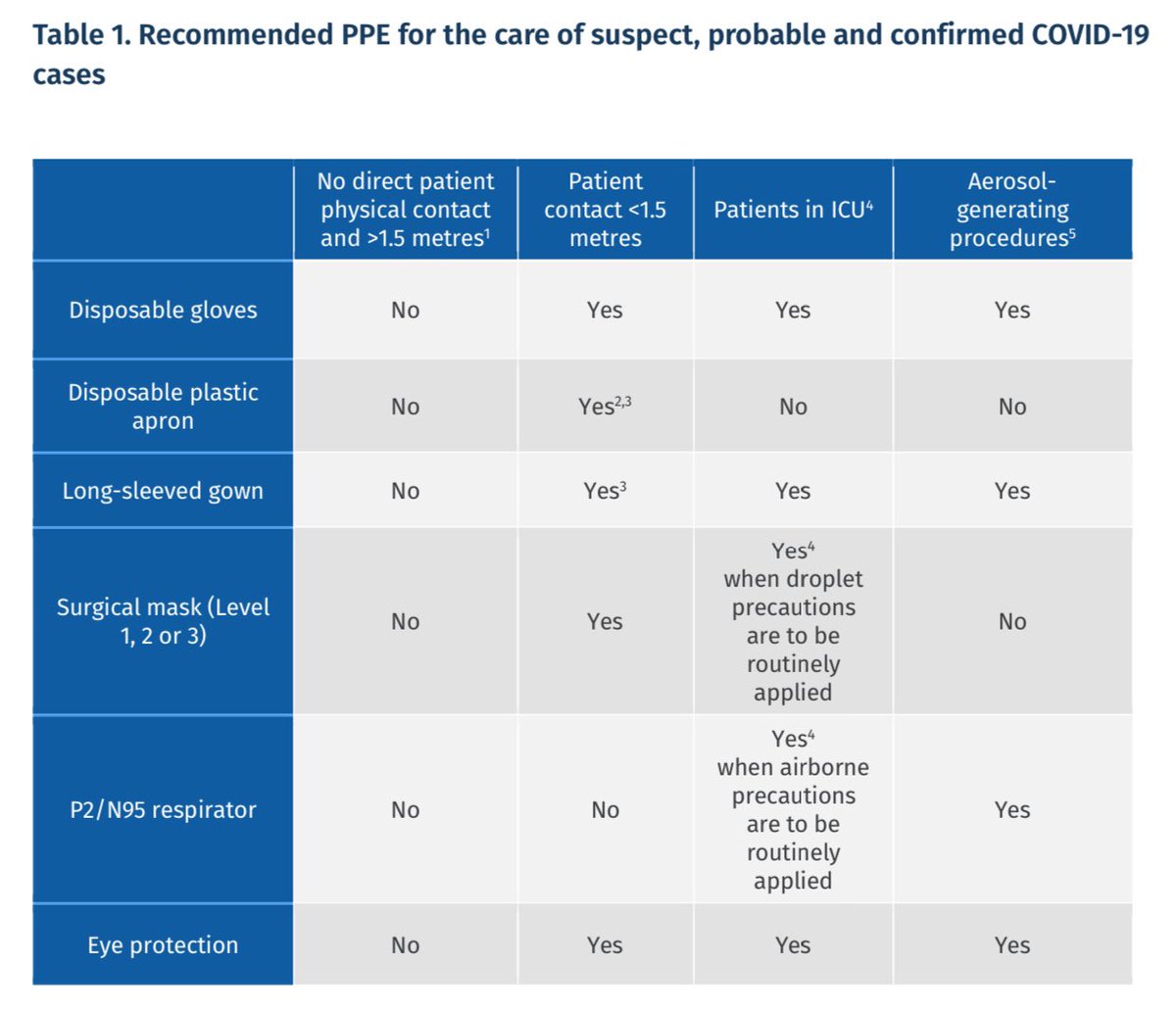
Today, the UK’s Office for National Statistics released an enormously important report on long COVID.
The data now have a control group.
Over 1 in 10 people (14%) have persistent symptoms at 12 weeks. This is 8x higher than controls.
Look at the children’s data: 7-8% affected!
The data now have a control group.
Over 1 in 10 people (14%) have persistent symptoms at 12 weeks. This is 8x higher than controls.
Look at the children’s data: 7-8% affected!
https://twitter.com/dr2nisreenalwan/status/1377549247835480071

We can clearly see the difference between people who have long COVID, and people who are controls, in this graph showing the proportion of people with persistent symptoms at the 5-week mark.
Blue = tested positive.
Green = controls.
Blue = tested positive.
Green = controls.

The proportion of people who had persistent symptoms was lower at 12 weeks, which suggests improvement in many people.
This is to be expected.
However, a substantial proportion of people appear to be left with protracted symptoms.
This is to be expected.
However, a substantial proportion of people appear to be left with protracted symptoms.

Most concerning, is that of the people reporting persistent symptoms at 12 weeks, more than 400 thousand report limitation in their daily activities as a result.
Over 100 thousand say that they are limited a lot.
Over 100 thousand say that they are limited a lot.

Overall, a total of 1.1 million people in the UK are estimated to be experiencing persistent symptoms lasting at least 4 weeks.
Many of them are children and adolescents.
Clearly, long COVID has a huge impact.
Link to full report: ons.gov.uk/peoplepopulati…
Many of them are children and adolescents.
Clearly, long COVID has a huge impact.
Link to full report: ons.gov.uk/peoplepopulati…
• • •
Missing some Tweet in this thread? You can try to
force a refresh









